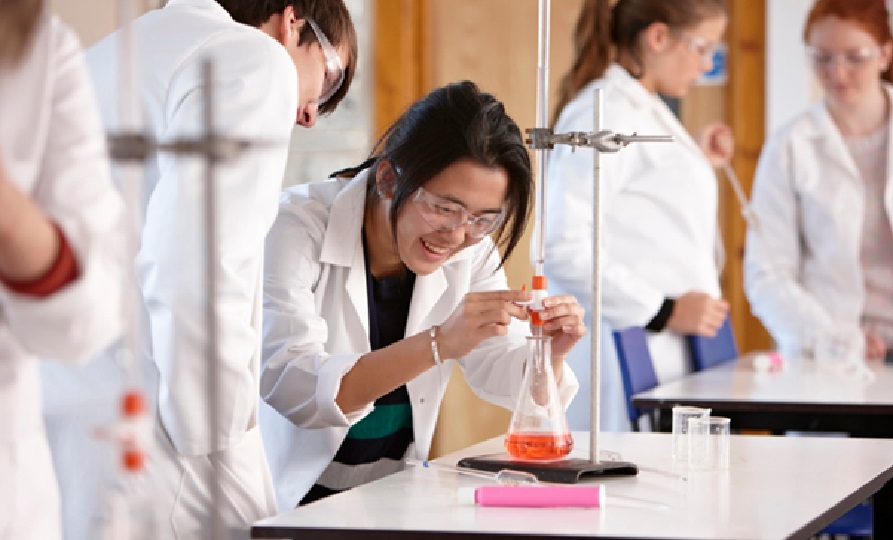The water cycle consists of evaporation, condensation, precipitation, runoff/accumulation, and transpiration. This detail may assist students of all ages learn more about it. Information, images, and explanations presented may be useful in teaching children.
The water cycle is the ongoing cycle of water’s circulation throughout Earth’s atmosphere. The amount of water on Earth stays constant, regardless of whether it is in the air, the oceans, or the soil. This is true independent of storage conditions for the water. However, there is constant flux in the data storage and transfer mechanisms.
The water cycle mechanism is crucial because it ensures that all forms of life, including humans, will have access to water at all times and helps keep our planet’s climate in check. If water did not naturally recycle itself via a process known as the water cycle, we would quickly run out of the clean water that is critically important for our life. If it comes for the water cycle steps for students then surely you can expect the best.
Water (from oceans, rivers, and other bodies of water) is warmed by the Sun and evaporates into the atmosphere, making solar energy the primary driver behind the water cycle. As the name implies, this is the beginning of the water cycle.
What are the stages of the water cycle that children should be aware of?
The main stages of the water cycle should be taught to children. The closed-circuit water cycle, which includes evaporation, condensation, precipitation, accumulation, and transpiration, is essential to the survival of all life on Earth.
Vapour Exhaust
The water cycle relies on solar energy, which comes from the sun. All of the world’s rivers, lakes, and oceans are becoming warmer as a result of the Sun’s radiation. As a consequence, the surface water’s molecular structure transforms into a vapour. “Evaporation” describes the first process in the water cycle.
Condensation
As water vapour climbs higher into the atmosphere, the temperature drops, and the water molecules cool and change. Condensation is the process that takes place at this point in the water cycle. When exposed to low temperatures, water vapour molecules condense into infinitesimally small water droplets. These float in the air, where they mix with millions of other particles to form clouds and eventually rain back down to Earth.
Wet or cold weather
Rain starts to fall from the sky as these little water droplets clump together and grow in size. When water droplets reach a certain size, gravity takes over and they fall to the earth as raindrops, following the route they came from back to their source. Precipitation is the term used to describe this occurrence. Once water once again reaches the Earth’s surface, the cycle begins anew from the beginning.
The Tally and the Countdown
“Surface run-off” refers to the route water follows after it has returned to the earth. Eventually, the water returns to our rivers, streams, and reservoirs, where it might potentially start the cycle all over again. Water flows over the Earth’s surface as a result of frequent and intense rainfall during this phase of the water cycle.
Conclusion
Via a process known as transpiration, water flows from the plant’s roots and stems to its leaves and blossoms, where it is subsequently released via the structures’ microscopic pores. In this phase of the water cycle, liquid water vaporises and is dispersed into the air.






